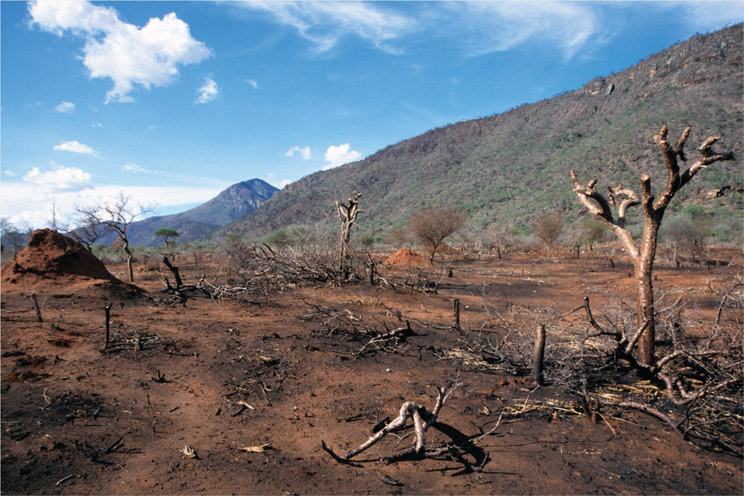Chapter summary
- Governments are responding to demands by the public to manage resources sustainably.
- People have always used biomes for food, clothing and shelter.
- The impact people have on biomes varies from very little to major.
- Some so-called primitive people are able to manage their biomes quite sustainably.
- Population growth can be harmful to biomes.
- Some subsistence and commercial activities can almost completely remove the original biome.
- National parks are one way to preserve biomes for future generations.
- The public is becoming more aware of the need to manage biomes sustainably.
- Rice is a staple food for all Southeast Asian countries and is important for food and income security.
- Environmental factors, such as soil quality and variable rainfall, and human factors, such as competition for water resources and demand for urban land, are constraints on rice farming.
- An increasing preference for Western food has seen a decline in the consumption of rice in younger generations. However, high population growth has maintained demand for rice.
Interactive activity
Key terms
Short-answer questions
- Describe how the sun affects an ecosystem on a daily basis.
- Describe how the sun affects an ecosystem on an annual basis.
- Define ‘food chain’.
- Explain the relationships between the non-living and the living parts of an ecosystem.
- Discuss how humans can have an impact on an ecosystem.
Extended-response question
This chapter has shown how people have changed some biomes from natural systems to systems completely dominated by humans. Write a newspaper article about how urban areas depend on rural and natural systems today. When writing your article, consider the following:
- that urban areas use food produced in rural areas
- the history of food production
- what urban areas would be like without rural food production
- the impacts of urbanisation on the economy, the environment and culture.
